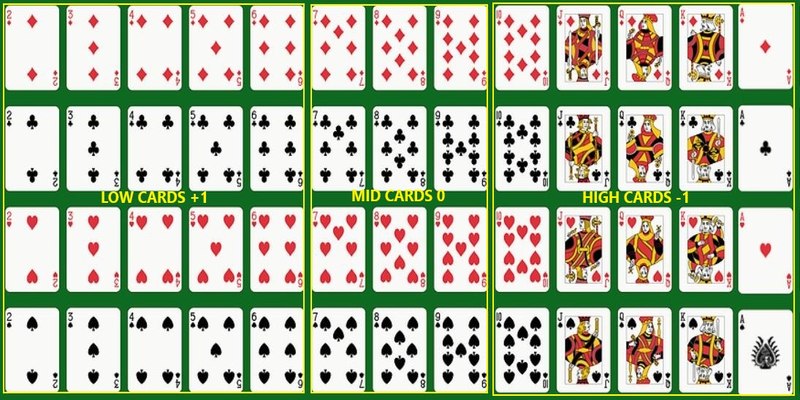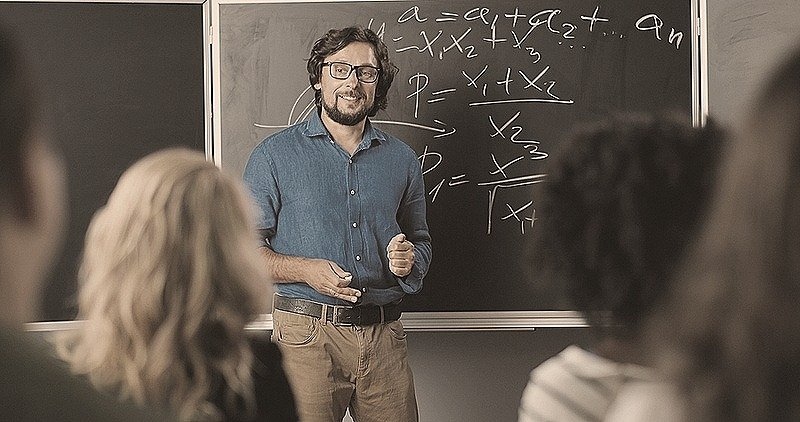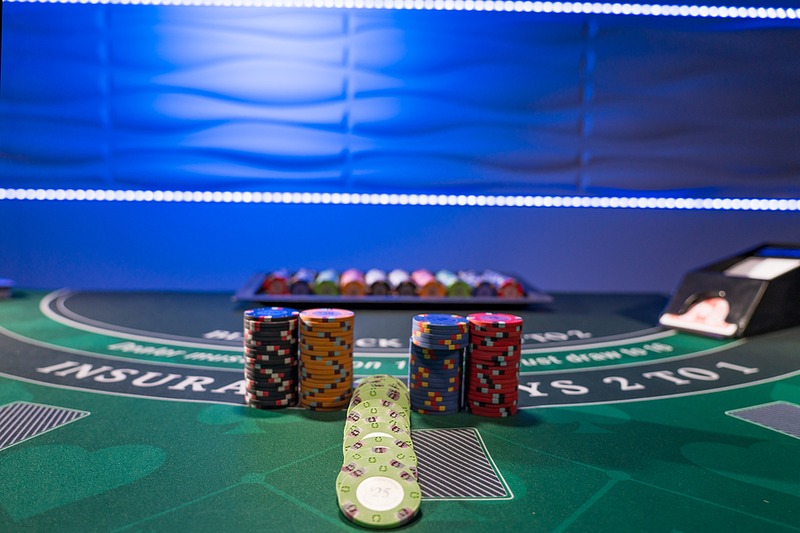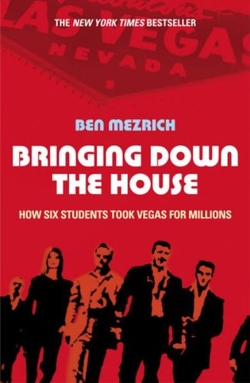
The MIT Blackjack team have gone down in history as the kings of card counting, and they were in operation from 1979 until the start of the 21st century; but what many people don’t realise is that the team was actually made up of over 100 people throughout the years.
It all started in 1977, when a young man named Bill Kaplan decided to turn down an invitation to study at Harvard so that he could go to Las Vegas and pay blackjack. He had been inspired by a book on card counting, and despite his families protestations he not only made the trip, but came back $35,000 better off.
Kaplan had a team of players operating successfully whom he continued to manage during his education at Harvard (he took up the invite when he got back from Vegas), but when they decided to go to Europe after become too well known in Nevada, he decided to part wats with them.
His original team mates eventually splintered off and formed their own smaller groups, leaving Kaplan free to pursue other ventures, and this turned out the be very good timing indeed.
MIT: How to Gamble if You Will
 Around the same time, the Massachusetts Institute of Technology were offering an extra curricular course called How to Gamble if you Will, teaching many card games and the strategies that could be used to beat them.
Around the same time, the Massachusetts Institute of Technology were offering an extra curricular course called How to Gamble if you Will, teaching many card games and the strategies that could be used to beat them.
This attracted many people that were both interested in gambling, and very very good with numbers. One of the first of these was J.P Massar, who rounded up five of his student colleagues for a trip to Atlantic City where they would test their new found knowledge.
This first outing was not successful, but it got the ball rolling and ignited a spark in Massar who started his own course in card counting with another member of the original team. This course was where they would recruit new members of the team.
A professional gambler, known only as Dave, somehow found out about this course and got in touch with Massar with the idea of forming a team with a $5,000 bank and heading back to Atlantic City. This they did, and this time they were successful, although inconsistently so.
That team didn’t last, but a chance encounter at a Chinese restaurant brought Massar and Kaplan together, and a new team was created.
The 1980s – A Professional Operation

Kaplan soon whipped Massar’s team into shape by making sure they were all using the same card counting strategy (they had previously all been using their own versions) and regularly testing their skills, kicking anyone who wasn’t up to scratch out of the team.
He managed the whole thing like a professional business, or a sports team, keeping records of everyone’s results and making each player log their activity.
The system they used was the high low system devised by Edward Thorpe. This required three people in each team:
- A Spotter – Their job was to keep the count and indicate when the deck was positive.
- A Controller – This person would also keep a count, and make smaller bets at the table to check the count was correct.
- A Big Player – The money maker. Once both the spotter and the controller were happy that the deck was positive, the big player would make large bets and try to capitalise on the positive deck.
When they were ready to hit the casino floor, the team had $89,000 in investments and their own money as their first bank, and they turned that into $250,000 in just ten weeks.
Throughout the 1980’s more than 70 people played for the team on 22 banks, earning $80 an hour for themselves and 250% return for their investors. The large number of players made it more difficult for the casinos to spot the team too, as it was rare to see the same people at the same casino.
Kaplan was too well known to get away with it but the rest of them flew under the radar, especially since many of the team were Asian, and casinos were used to seeing Asian people gambling large amounts. Johnny Chang was one of the MIT team’s best big players for this reason.
Eventually though, as the heat was turned up players with weaker stomachs dropped out, others became barred from too many casinos to continue, while more still lost interest and moved on. By 1989, the team had stopped playing and fizzled out.
The 1990s – Strategic Investments Inc

It was 1992 when Kaplan, Massar, and Chang got together again and set up Strategic Investments Inc. They had heard about a new casino, Foxwoods, opening in Connecticut and decided to take advantage.
This was much more of a national operation than it had ever been before, with players recruited from MIT and Harvard to play in specific parts of the country and trained by ex members of the 80’s MIT team, including Sarah McCord who handled the West Coast.
Around 80 players were involved over the next two years, with teams operating in New York, New Jersey, Pennsylvania, California, Illinois, and Washington. They won hundreds of thousands from casinos in Las Vegas, Canada, Atlantic City, and island locations.
With their starting bank being in the millions this time, their profits accelerated at a rate that was impossible to ignore. The casino industry realised they were being targeted by an organised group that were operating nationally, and eventually noticed that many of the players caught card counting and barred had addresses in Cambridge, where MIT and Harvard are located.
They made the connection after scouring old college yearbooks and finding player after player they had barred, and soon the game was up. More and more top players were banned from multiple casinos and in 1992, just two years and millions of dollars later, Strategic Investments Inc was wound up.
Two notable splinter groups formed after this; the Reptiles run by Mike Aponte, and the Amphibians run by Semyon Dukach. Their teams followed a similar pattern of being successful in the short term before they too became victims of their own success early in 2000.
The MIT blackjack team was officially over.
Post Playing Fame: Books and Movies
 The story of the MIT blackjack team became so famous that it even attracted media attention, although the films tended to play with the truth a little bit and focus on a very small number of players.
The story of the MIT blackjack team became so famous that it even attracted media attention, although the films tended to play with the truth a little bit and focus on a very small number of players.
Firstly, the book by Ben Mizrech, Bringing Down the House, was marketed as being heavily based on/inspired by the MIT team, and off the back of that a famous film called 21 was made, starring Kevin Spacey before he was disgraced. Bollywood then released their own version of this film.
The History Channel also made a documentary about the team called Breaking Vegas, although this focussed mostly on their 90’s exploits.
A number of former team members have released books about their time in the team too, and there have been numerous newspaper articles written on the subject.
